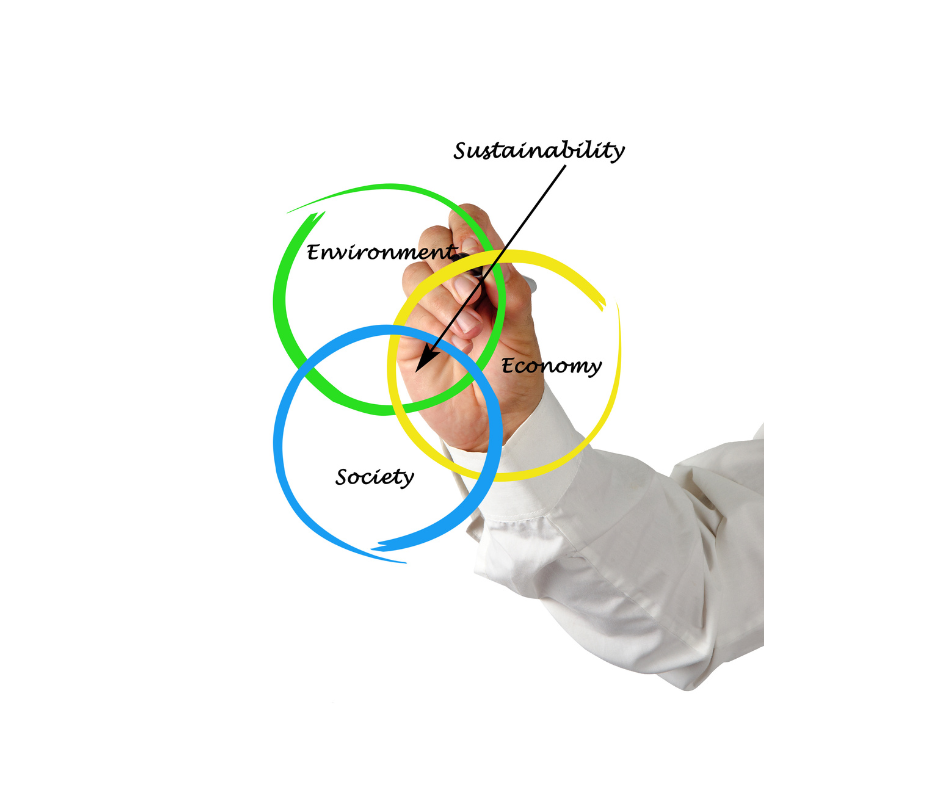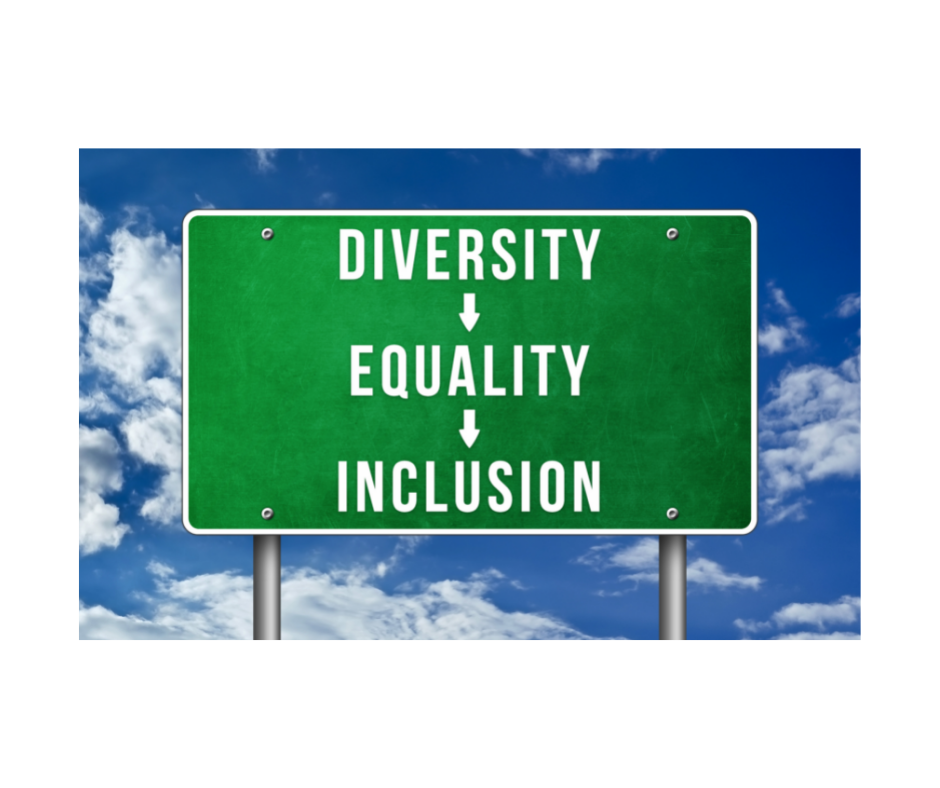Collaboration not Competition
An Innovation, Technology & Design Summit recently took place in Sydney, with the goal of businesses sharing their efforts and contributions towards sustainability. A lot came out of the many sessions which took place with a range of topics including fashion, technology, medicine and health care, food, packaging, transport, circularity and manufacturing. Understanding further about the capacity for businesses to make contributions to a sustainable future was really valuable and is something which should be promoted more. A key finding which came out of the summit, which was reflected in many sessions and topics, was the concept of having collaborators and not competitors. Typically, a lot of development within communities and around the world is often associated with the not-for-profit sector and with charities. Whilst it’s good to have the work that’s being done with many development organisations, I think it can be limiting to have it exclusive to just these spaces. With a growing awareness about climate change, global warming, pollution and waste now is the time to innovate and share the responsibility of a sustainable planet and future, beyond the not-for-profit sector. A panellist at one of the sessions at the summit highlighted their thoughts around business models and shared their belief of approaching work with the mindset of “we don’t have competitors, we have collaborators”. Rethinking development in this way is a conscious shift from a model of aggression and rivalry to partnership and team work. It’s great to encourage businesses to support and align themselves with charities or important causes however, increasing awareness as to how businesses can make modifications and reduce things like their carbon footprint, with the goods or services which they produce, may make more of an impact. For example, the summit was informative of enhancing awareness about the detrimental impact which food packaging has on the planet. I was surprised to hear that food packaging can cause more harm to the environment than animal production for consumption and travelling by aeroplane. Whilst today I feel that people are generally quite informed about environmental degradation, being informed across a wider range of things which harm the planet and people, which have the most harmful affect like food packaging, can highlight areas where businesses can be more involved in making modifications to their outputs. In terms of greater individual responsibility fashion and waste was brought up. Today there are increased rates of consumption and production of clothes. The concept of how something can be reused and what people now are calling “preloved” clothes was discussed. How people can learn about proper care for their clothes so that countless items don’t continue to end up in landfill each year is the goal; or when clothes no longer serve a purpose to ensure that they are donated and not thrown away. Overall, whether there is work done at the individual or organisational level to contribute to a more sustainable world, success will be achieved through more collaborative action; where the outputs are focused on sustainability directly.
Collaboration not Competition Read More »


